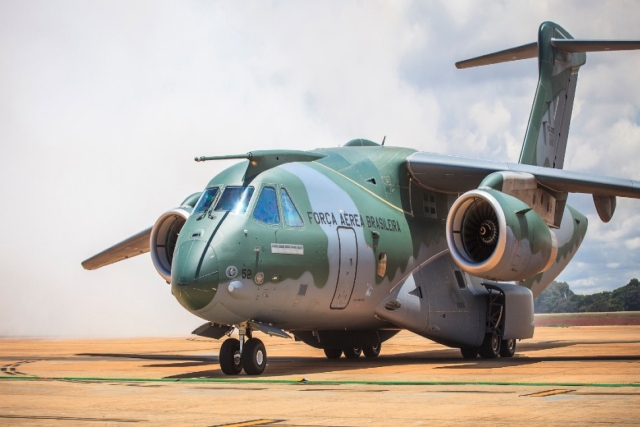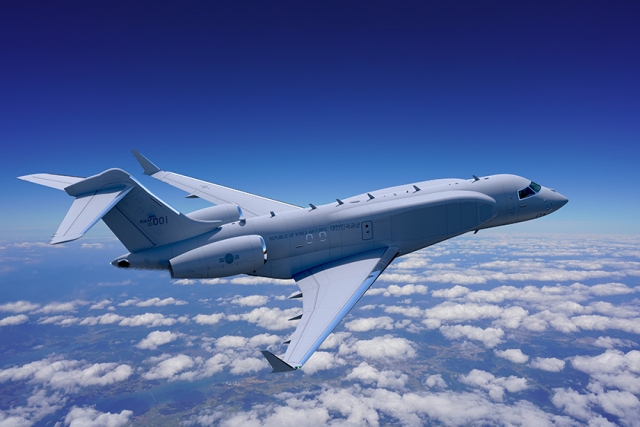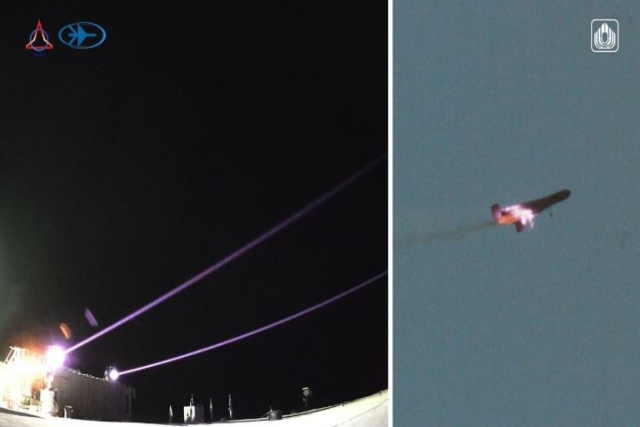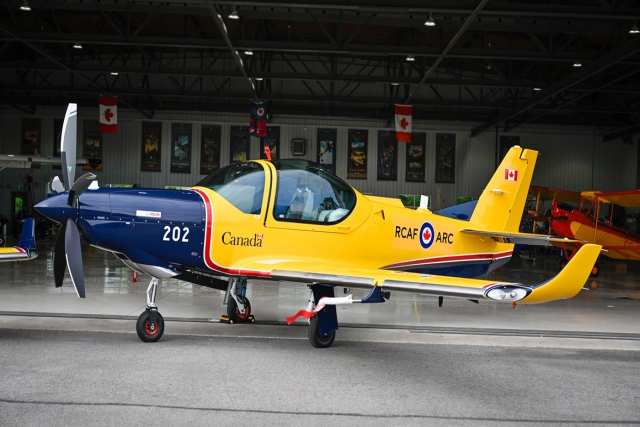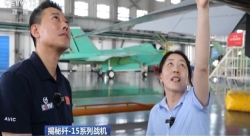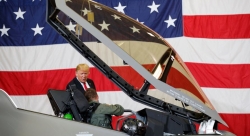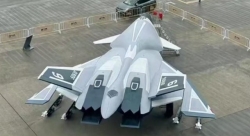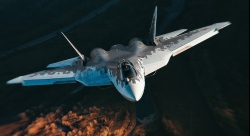Strategic Planners Give Glimpse of Tomorrow's Mobility Force
ANAHEIM, Calif. --- Air Mobility Command strategic planners gave an insider's view into the future of air mobility at the 40th annual Airlift/Tanker Association Conference Nov. 10 here.>> The air mobility future contains airlifters able to take off and land on extremely short and unprepared airfields, aircraft constructed with composite materials, a new refueling tanker, and advanced digital networks to provide aircrews with detailed, joint team information for battlefield situational awareness.>> Also possible in the future are enhanced systems to allow crews to fly -- and land -- in nearly blind situations, synthetic vision systems to allow maintainers and others to view technical orders and other documents on glasses as they work, and advanced cargo delivery systems with high-weight capacities to take the supply chain vertical with pinpoint precision.>> It is important to explore the future to ensure "this national security asset -- air mobility -- is developed to meet the requirements of the Air Force's joint partners, said Brig. Gen. S. Taco Gilbert III, AMCs director of Strategic Plans, Requirements and Programs.>> "As we look into the future, we see a dynamic environment and dynamic opponents. Within that scope, what we need in the future has a technology piece, an operational piece and an organizational piece. It's our task to pull these together to match air mobility capability against the requirements of the joint team," General Gilbert said.>> Former Secretary of the Air Force Michael W. Wynne challenged industry partners to build a largely composite aircraft in 15 months for no more than $50 million. With its fuselage and tail section complete, the aircraft -- with composite materials as about 50 percent of its surface area -- likely will be ready for the Air Force to test in the spring of 2009, General Gilbert said.

